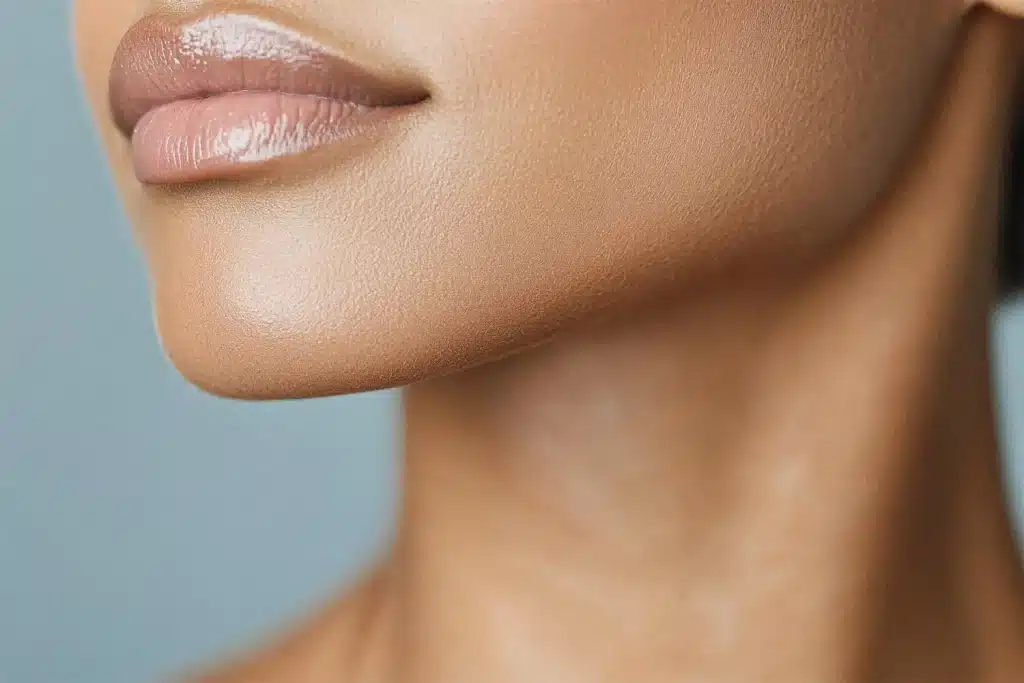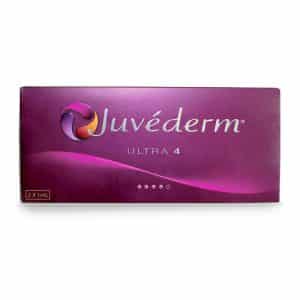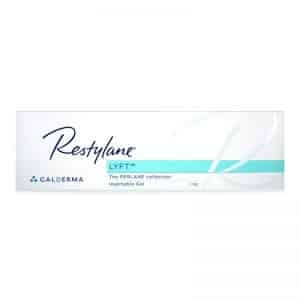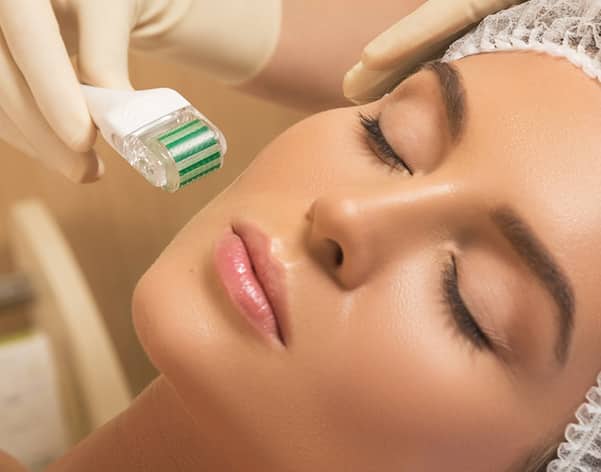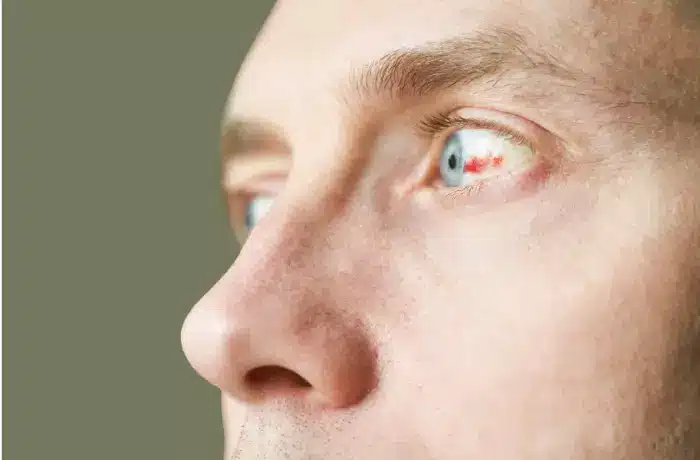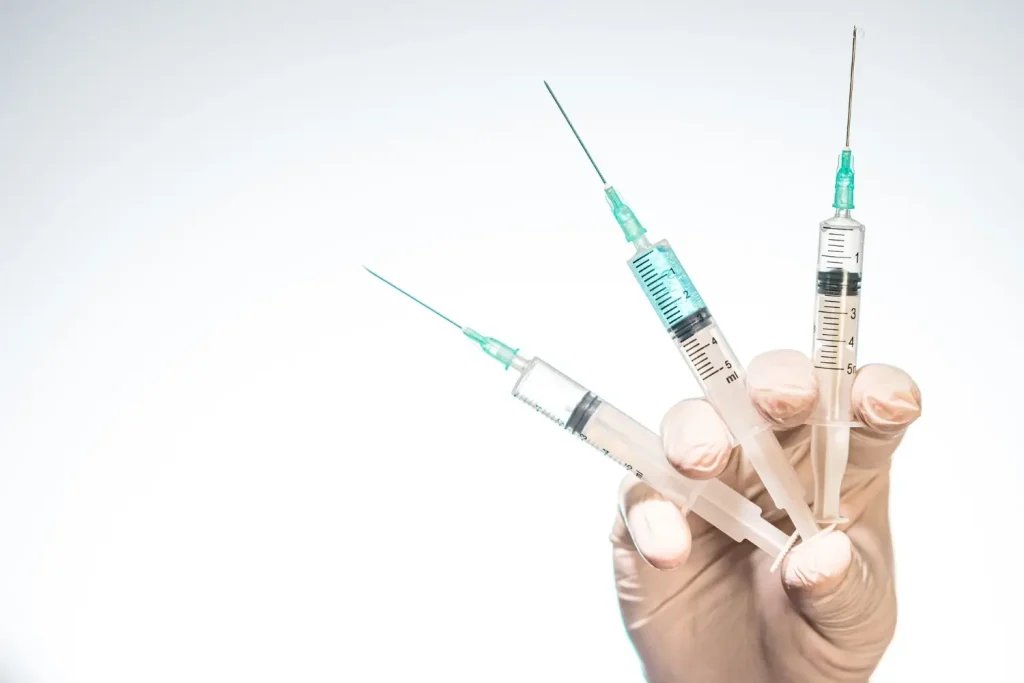Recent research published in Frontiers in Psychology indicates that prominent jawbones significantly influence perceptions of facial attractiveness and masculinity. This underscores the aesthetic importance of a well-defined jawline in both men and women.
In response to these insights, dermal fillers have emerged as a popular non-surgical solution for enhancing jawline definition. By injecting hyaluronic acid-based substances beneath the skin, practitioners can restore volume, enhance contours, and achieve a more balanced facial profile.
In this article, we will discuss the various techniques and best practices for using dermal fillers for jawline contouring, providing a comprehensive guide for those considering this aesthetic treatment.
Key Takeaways
- Jawline contouring with dermal fillers enhances definition and symmetry, creating a more structured facial profile.
- Hyaluronic acid and collagen-stimulating fillers are the most common choices for jawline enhancement.
- Proper injection techniques prevent migration and ensure a natural-looking contour tailored to individual facial structures.
- Common complications include swelling, asymmetry, and migration, but these risks can be minimized with expert placement.
- Results typically last between 12-24 months, depending on the type of filler and individual metabolism.
About: Medical Spa RX provides medical practices with premium products at the best prices. If you’re looking to buy dermal fillers for your practice, the sales representatives at Medical Spa RX can give you guidance.
Understanding Jawline Contouring: Aesthetic Goals and Anatomical Considerations
Jawline contouring with dermal fillers is a non-surgical solution for enhancing the lower face. It provides definition and structure without the need for surgery. This procedure is popular among individuals looking to achieve a stronger, more sculpted jawline.
The primary aesthetic goals of jawline contouring include:

- Enhancing symmetry for a more balanced facial appearance.
- Increasing definition to create a sharper, well-defined jawline.
- Reducing the appearance of jowls or sagging skin for a youthful contour.
Anatomical factors such as mandibular bone structure, skin laxity, and fat distribution play a crucial role in determining filler placement. For individuals with a weak or recessed jawline, strategically placed fillers can enhance angles, improve structure, and create better facial harmony.
A skilled injector carefully assesses a patient’s facial proportions to ensure natural, well-balanced results that complement the rest of the face.
Choosing the Right Dermal Fillers: Hyaluronic Acid vs. Collagen-Stimulating Fillers
Dermal fillers are widely used for cosmetic enhancements, with specialized formulations available for different facial areas, including the jawline and under-eye region. Each filler is designed to address specific concerns while maintaining a natural, balanced look.
For jawline contouring, hyaluronic acid (HA) fillers like Juvederm Volux and Restylane Lyft are popular choices. These fillers provide immediate definition, structure, and hydration, making them ideal for those looking to enhance jawline sharpness and facial proportions.
Similarly, dermal fillers for under eyes help smooth hollows and restore volume, creating a refreshed, youthful appearance. Both treatments complement each other, offering customizable solutions for overall facial harmony.
Key Benefits of HA Fillers
- Immediate volume and definition
- Hydrating properties that enhance skin quality
- Reversibility with hyaluronidase in case of overcorrection or complications
Collagen-Stimulating Fillers
Radiesse and Sculptra are examples of collagen-stimulating fillers that provide long-term structural support by encouraging natural collagen production. These fillers work gradually and are ideal for patients who need more significant enhancement. Benefits include:
- Longer-lasting results (up to 24 months)
- Stimulation of natural collagen for improved skin quality
- Effective for patients with mild to moderate skin laxity
Choosing HA and collagen-stimulating fillers depends on desired longevity, skin condition, and personal preferences.
Injection Techniques for Achieving a Sculpted and Natural Jawline
Achieving a well-defined jawline requires precise injection techniques tailored to the patient’s facial structure.
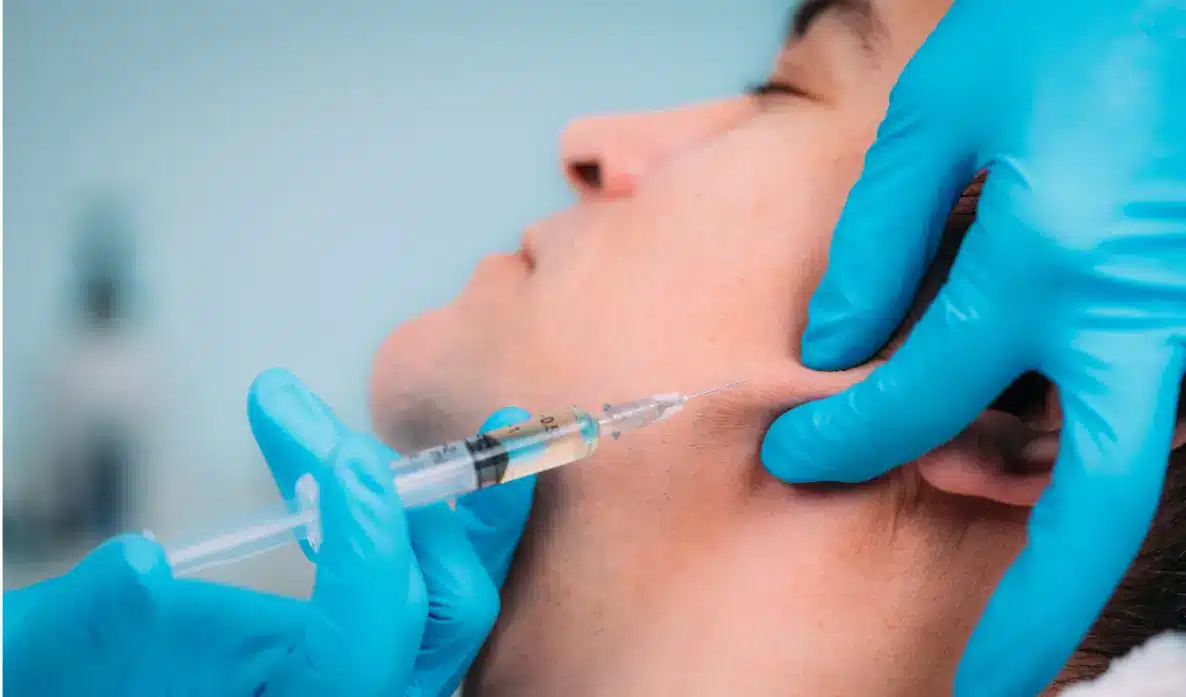
- Linear Threading Technique: This method involves injecting filler in a continuous line along the jawline, creating a structured and contoured appearance. It is particularly effective for elongating and strengthening the jawline, providing a sharp, defined look.
- Depot Technique (Bolus Injections): Strategically placed along the mandible to enhance projection and angular definition. This technique is especially beneficial for patients with a weak or recessed jawline, as it adds volume and improves facial balance.
- Fanning Technique: Distributes filler evenly across multiple injection points, ensuring a seamless transition between the jawline and surrounding areas. This technique helps achieve a smooth, natural contour, preventing harsh or artificial-looking edges.
- Layering Approach: Layering different types of fillers can help create immediate volume and long-term structural support. HA fillers provide quick definition, while collagen-stimulating fillers enhance durability.
Common Complications and How to Prevent Migration or Asymmetry
While jawline contouring with dermal fillers is generally safe, complications can occur if technique, filler selection, or aftercare are not properly managed. Understanding potential risks and taking preventative measures can help ensure smooth, natural-looking results.
Filler Migration
Filler migration occurs when the product shifts from its intended placement, leading to uneven or unnatural contours. To prevent this:
- Use firm, high-viscosity fillers designed for structural support
- Inject deep into the periosteum (bone level) to anchor the filler properly
- Avoid excessive movement and pressure on the treated area for 24-48 hours
Asymmetry
Uneven results can arise from improper injection placement or differences in filler metabolism between sides. To minimize this risk:
- Use precise measurements and markings before injection
- Inject gradually and assess symmetry throughout the procedure
- Schedule follow-up sessions for adjustments
Swelling and Bruising
Mild swelling and bruising are common but temporary side effects. To reduce discomfort and speed up recovery:
- Apply ice packs post-treatment
- Avoid blood-thinning medications before the procedure
- Use gentle massage only if advised by the injector
Nodules or Lumps
Small lumps may form if filler is unevenly distributed or improperly massaged. To prevent this:
- Using the correct injection technique for even distribution
- Choosing fillers with optimal consistency for the jawline area
- Massaging the area if needed to smooth out the filler
Conclusion
Dermal fillers offer a non-surgical solution for achieving a well-defined, symmetrical jawline. Hyaluronic acid fillers provide adjustability and natural contouring, while collagen-stimulating fillers offer long-term structural support. Fillers can create a sculpted yet natural appearance when applied with precise techniques like linear threading and bolus injections.
While minor side effects such as swelling and bruising are common, expert injection techniques significantly reduce risks. Choosing an experienced injector ensures safe, effective results, making jawline contouring a reliable and customizable aesthetic option.
FAQs
1. How long do jawline fillers last?
Hyaluronic acid fillers last 12-18 months, while collagen-stimulating fillers can last up to 24 months.
2. Can dermal fillers be dissolved if I don’t like the results?
Hyaluronic acid fillers can be dissolved with hyaluronidase, but collagen-stimulating fillers are irreversible.
3. How soon can I see results?
HA fillers show immediate results, while collagen-stimulating fillers develop gradually over a few months.
4. Is there any downtime after jawline fillers?
Most patients experience mild swelling and bruising, but normal activities can resume within 24-48 hours.
References
Mogilski JK, Welling LLM. The relative contribution of jawbone and cheekbone prominence, eyebrow thickness, eye size, and face length to evaluations of facial masculinity and attractiveness: a Conjoint Data-Driven approach. Frontiers in Psychology. 2018;9. doi:10.3389/fpsyg.2018.02428
Mommaerts MY, Cleymaet R. The ideal shape of the female jaw angle: An online survey. Journal of Cranio-Maxillofacial Surgery. 2023;51(10):597-602. doi:10.1016/j.jcms.2023.08.009
Jawline Filler: Options, What To Expect, Before & After. Cleveland Clinic. https://my.clevelandclinic.org/health/treatments/23368-jawline-filler
